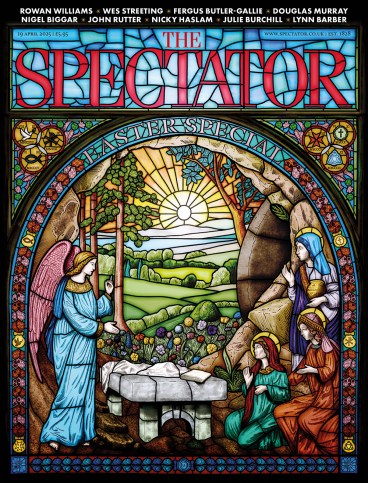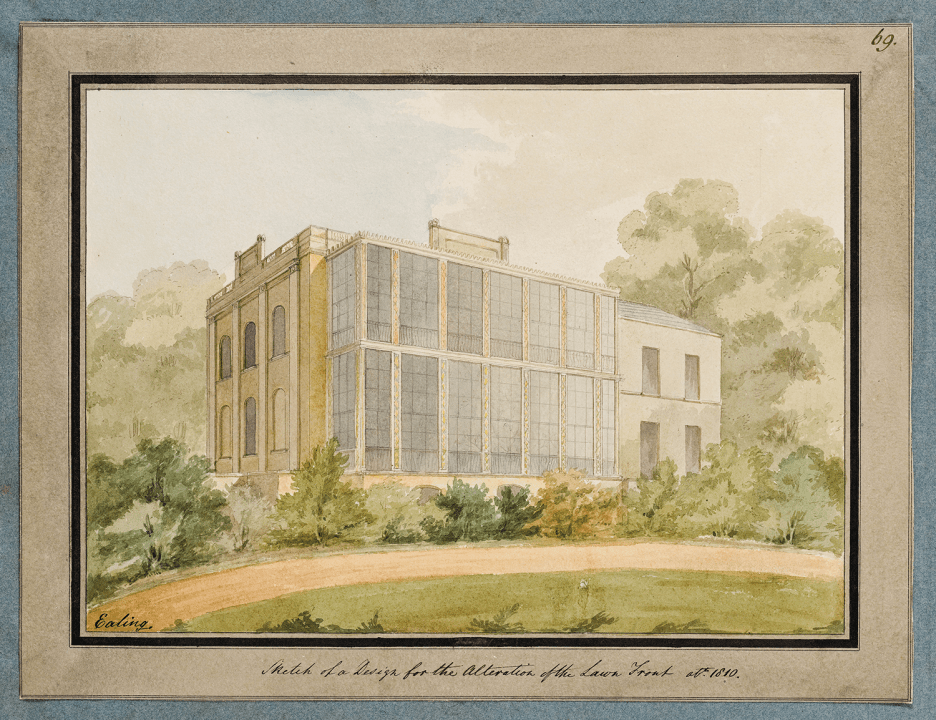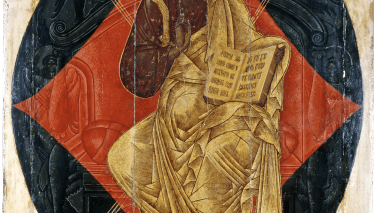
Sir John Soane’s story is a good one. Born in 1753 to a bricklayer, at 15 he was apprenticed to George Dance the Younger and at 18 had moved on to Henry Holland. Later came major commissions, a professorship, a knighthood and gold medals. Fame followed. Along the way he added an ‘e’ to his surname and married Eliza Smith, an heiress whose fortune helped him to buy three houses in Lincoln’s Inn Fields as well as the collection that still fills one of them, which he left to posterity as a museum when he died in 1837.
Soane’s son compared the image of his father in a library to ‘a eunuch in a seraglo’
Success attracts critics, though, and one of the keenest was Soane’s estranged son George. In two anonymous pieces published in the Champion in 1815 he compared the image of his father in a library to ‘a eunuch in a seraglio’ and mocked his buildings for betraying ‘a perversion of taste that is truly admirable’. This was great copy, but bad diplomacy. Eliza said his words had given her a ‘death blow’ and died two months later; Soane disinherited him.
Both of them would feel vindicated by this exhibition, which makes the case that Soane was ‘one of the first modernist architects’ and, in the process, establishes that modern architects have looked more favourably on his work than his son did. The argument that Soane is a proto-modernist is not new, but this is the first time it’s been made in an exhibition. The gist of it is as follows. Soane’s style, at its most severe, was so stripped back and abstract that it almost ceased to be recognisable as what it was: a form of classicism. (What George called ‘perverse’ others describe as ‘eccentric’, ‘idiosyncratic’, ‘individual’.) And because modernists wanted to do away with style, the two are natural bedfellows.
The evidence the exhibition gives for this is drawings by Soane or his assistants, which have been paired with plans, sections and sketches by some of modernism’s best-known names (Le Corbusier, Frank Lloyd Wright, Adolf Loos) and elegantly displayed in cases that have headings which correspond to modernism’s ‘key themes’ and ‘core ideals’, such as ‘Materiality’, ‘Modularity’ and ‘Ornament’.









Comments
Join the debate for just £1 a month
Be part of the conversation with other Spectator readers by getting your first three months for £3.
UNLOCK ACCESS Just £1 a monthAlready a subscriber? Log in